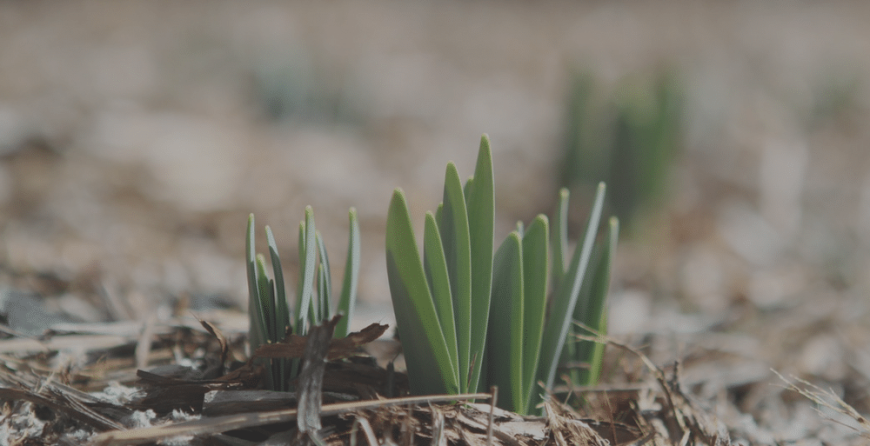 The rising cost of living, scarcity of fresh fruits, vegetables, and herbs as well as the commendations accorded to healthy eating have redefined landscaping among homeowners. As such, homeowners are converting their well-manicured lawns into gardens. Everyone wants to enjoy fresh, aroma and nutrient rich crops. But, what is the best way of converting your lawn into a garden?
The rising cost of living, scarcity of fresh fruits, vegetables, and herbs as well as the commendations accorded to healthy eating have redefined landscaping among homeowners. As such, homeowners are converting their well-manicured lawns into gardens. Everyone wants to enjoy fresh, aroma and nutrient rich crops. But, what is the best way of converting your lawn into a garden?
Sheet mulching is a gardening technique that entails layering compost, cardboard and a number of organic materials over the turf. It kills that grass and leaves a bed with nutrient rich soil. You will require a significant amount of organic debris such as garden waste, composted manure, and leaves to carry out sheet mulching. Prepare the bed during fall to ensure its ready by spring.
Step by step lawn conversion guide
Mark the bed area
If you will not be converting your entire lawn, start by marking the area you want the gardening bed to occupy. Use powdered lime or spray paint to define new bed boundaries. To avoid confusion later on, scalp the grass within your marked boundaries with a lawn mower. You achieve a well-defined garden bed area.
Spread compost
Spread at least 2-inches of organic compost over your chosen bed area. After spreading equally, moisten the compost to the right level; not too moist but the entire bed area should be moist. The compost or manure boosts microbial activity in the soil with the aim of speeding lawn decomposition.
Cover the compost
Next step should be covering the compost with overlapping cardboard pieces. It is advisable to soak the cardboards in water or moisten them before covering the compost. The purpose of these cardboards is smothering the underlying lawn as well as prevent light from reaching weeds that might be in the compost.
Another layer of compost
Spread another 2-inch layer of compost over the moist cardboard. To boost efficiency, add about 18 inches of mixed organic matter such as garden debris, leaves, grass clippings, seaweed and farmyard manure. The added weight presses the lawn to deprive it of oxygen and light to quicken decomposition.
Kitchen waste
Kitchen waste is highly recommended for making compost because it is rich in nutrients. So, if you have kitchen waste such as coffee grounds, fruit and vegetable scraps, add them to your layer of organic matter. After adding all the organic matter you have, moisten the layer. Moisture plays a major role in boosting microbial activity.
Final step
If you are preparing a vegetable bed, top it off with about 3 inches of compost or straw. Ornamental beds should be finished with 4 inches of wood chips. If you live in an arid area, commit to water the bed occasionally. If you followed all the steps to the latter, earthworms and soil microbes would decompose the sod, cardboard and organic material during winter.
Conclusion
Converting your beautiful lawn to a healthy and beneficial garden does not have to be tiring and disappointing. Set a fertile gardening base by following the above steps and seeking expert advice when stuck.


